When Largo had large deep sea fishing boats, these boats were made in boat building yards outside of the Parish. For example, the Ocean Bride (KY 4), was built by John Alexander Millar at West Anstruther in September 1882 for the Gillies brothers and David Ballingall's Forget-Me-Not (KY 2011) was built at Fulton's boatyard in Pittenweem the same year. The Osprey (KY 977) was built in Dysart and the British Queen (KY 1419) at Buckhaven. However, over the years many of Largo's smaller boats were made in Largo by local joiners and craftsmen. Below is a list of vessels known to have been built in Largo Parish.
A more detailed list of the above boats, showing type, length, builder and year of build (where known) can be accessed as a PDF by clicking here. Note that most are ML registrations, rather than KY registrations. In 1904, a new regulation came into force that all new boats (and existing boats that chose to) could register in Methil rather than Kirkcaldy. The very first boat to do so was the Lizzie Cameron of St Monans, who became ML 1. Below is the report of her launch from 24 June 1904 East of Fife Record. Second was Sceptre of Cellardyke (ML 2), then Buckhaven's Thistle (ML 3 and ex-KY 622)). The first Largo-based boat to register at Methil was David Melville's Unity which was registered as ML 21 in 1905. By 1910, two hundred boats had been registered at Methil, one hundred of which had previously been KY boats.
Most of the vessels on the Largo-built list were probably built for Largo folk. For example, Lily (ML 56), was built in 1920 by Walter Horne for Alexander Simpson. Lily was a 1.16 tons sail boat (16.8 x 6.4 x 2.4 feet). However, some are known to have been built for people from other places. For example, in 1898, Thistle was built by Walter Horne for Alexander Thomson of Buckhaven. Thistle originally had the registration KY 468 but later became ML 70. All of the boats on the list (with the exception of the racing yachts) are under 20 feet in length reflecting the limited space in which their builders had to work. Notable local boat builders were joiners Walter Horne and David Tait. Some vessels were also made by the Gillies brothers.
The names of these local boats are predominantly female forenames - likely named after mothers, wives, sisters and daughters. The Marne was owned by Andrew Gillies of Goodsir House and was named after the battlefield where Tom Johnston of the 2nd Gordon Highlanders, won the Military Medal during the First World War. The Osprey was most likely named after the deep sea fishing boat Osprey (KY 977) - both vessels of that name being owned within the Gillies family. The Quaver and Semiquaver are also boats owned by the Gillies family but associated with racing rather than with fishing. Interestingly, the Scottish Fisheries Museum in Anstruther have recently placed another Quaver from Largo on display. Pictured below is the yawl from their collection, apparently built for David Gillies, of Cardy House in the 1870s.
Do you have information about (or pictures of) any of the Largo-built boats listed above? Do you know of other boats made over the years in the Largo area? If so, please do get in touch and let's add to the list.

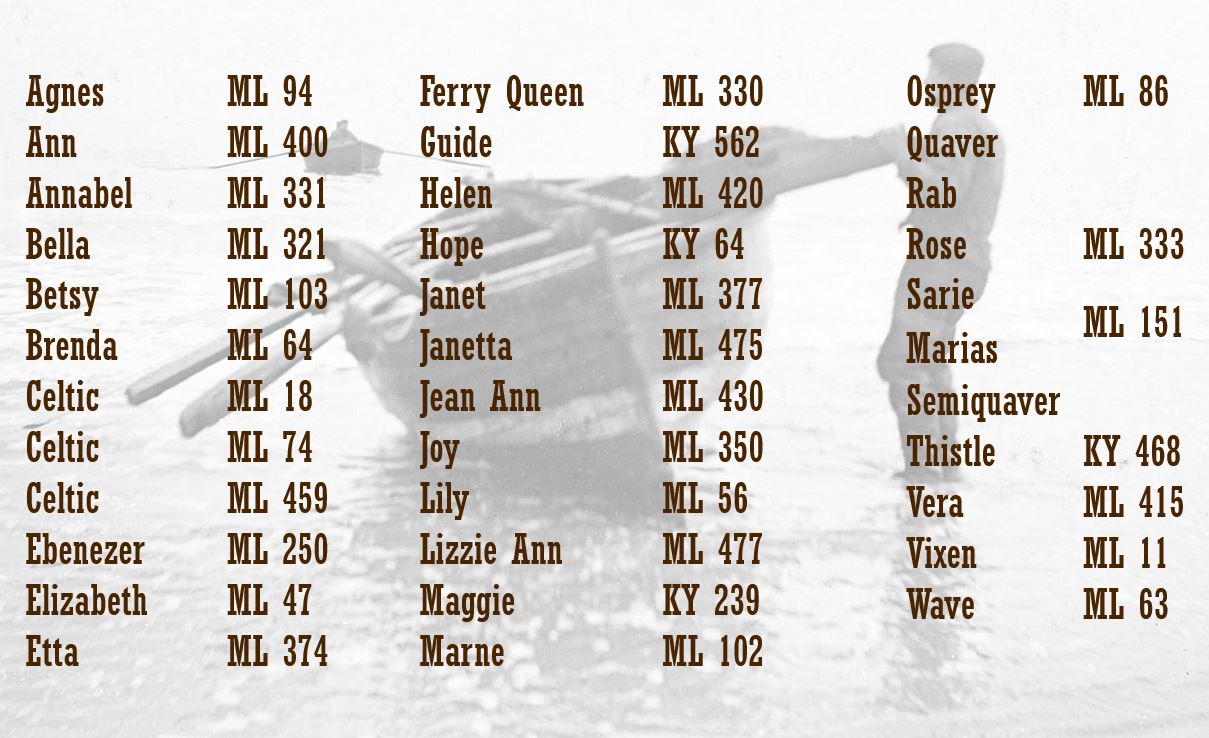
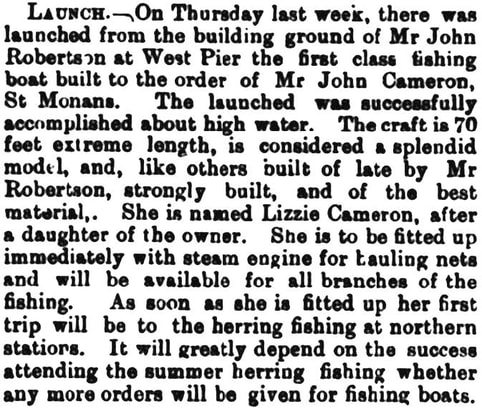
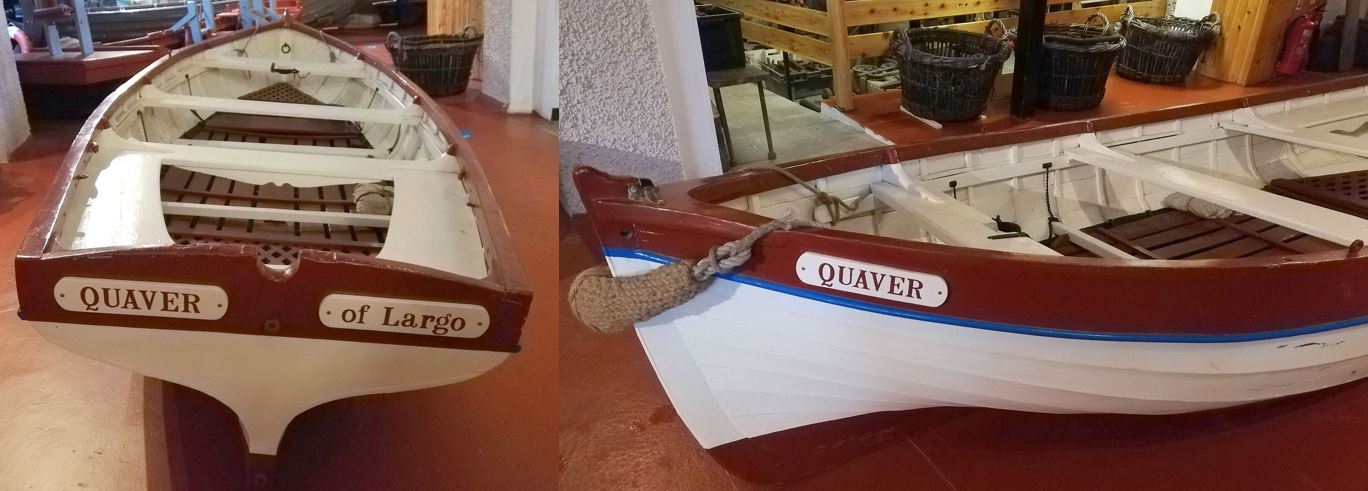
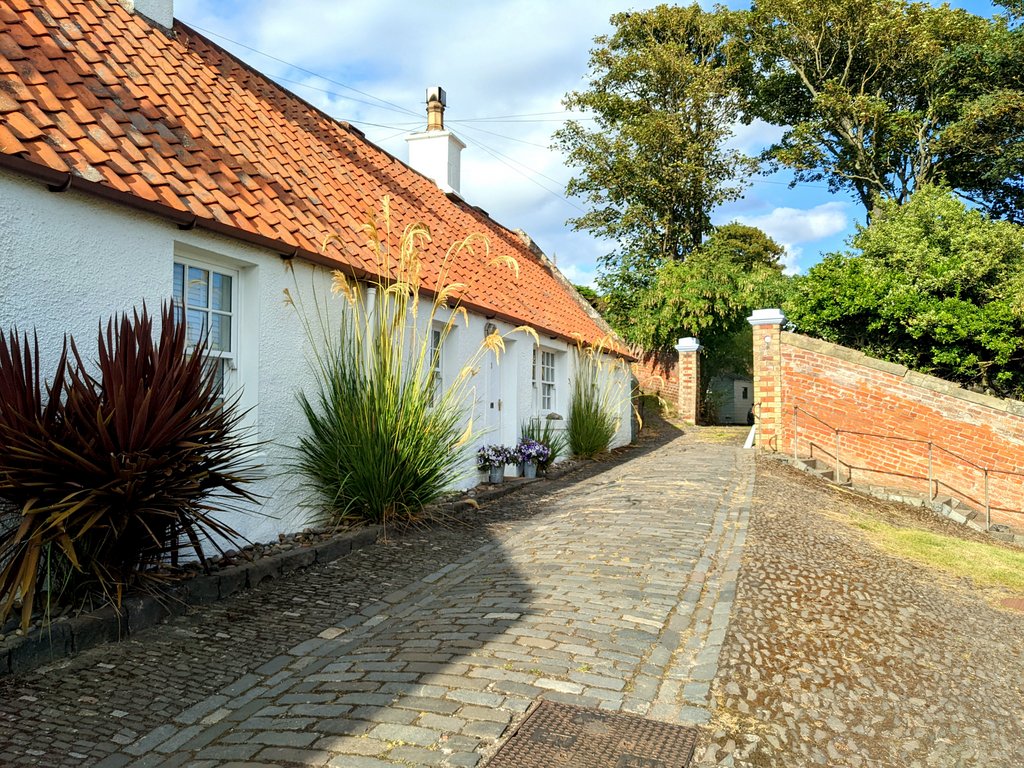
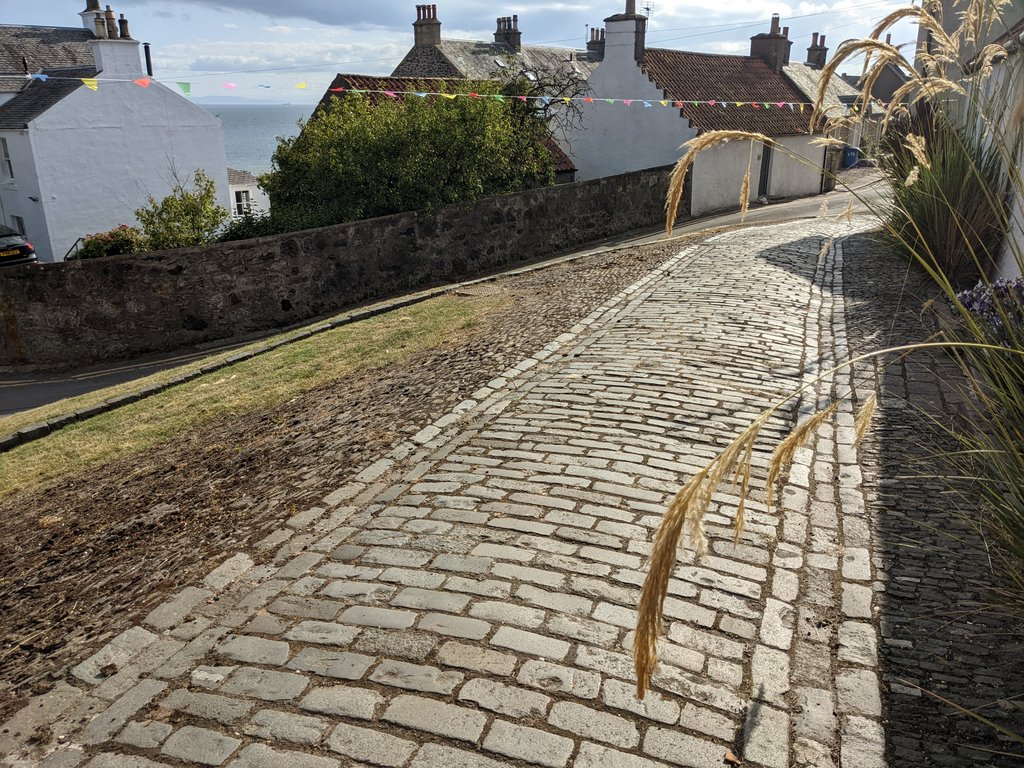
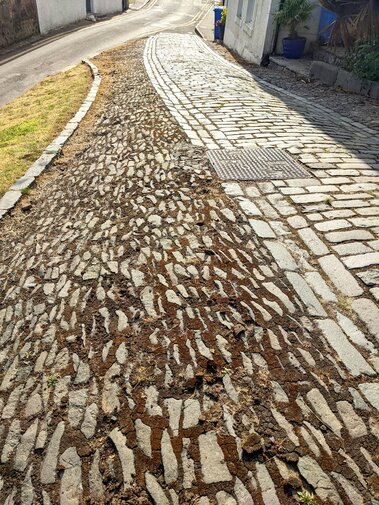

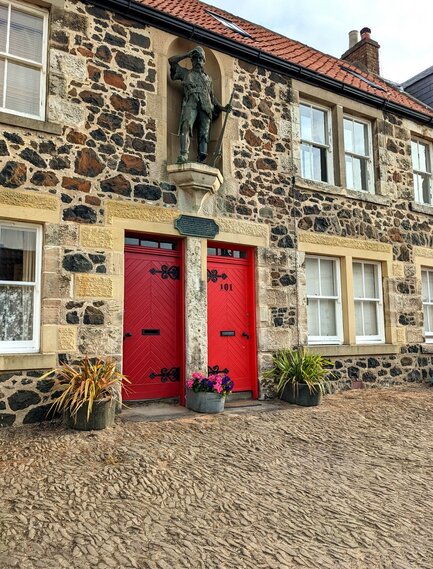

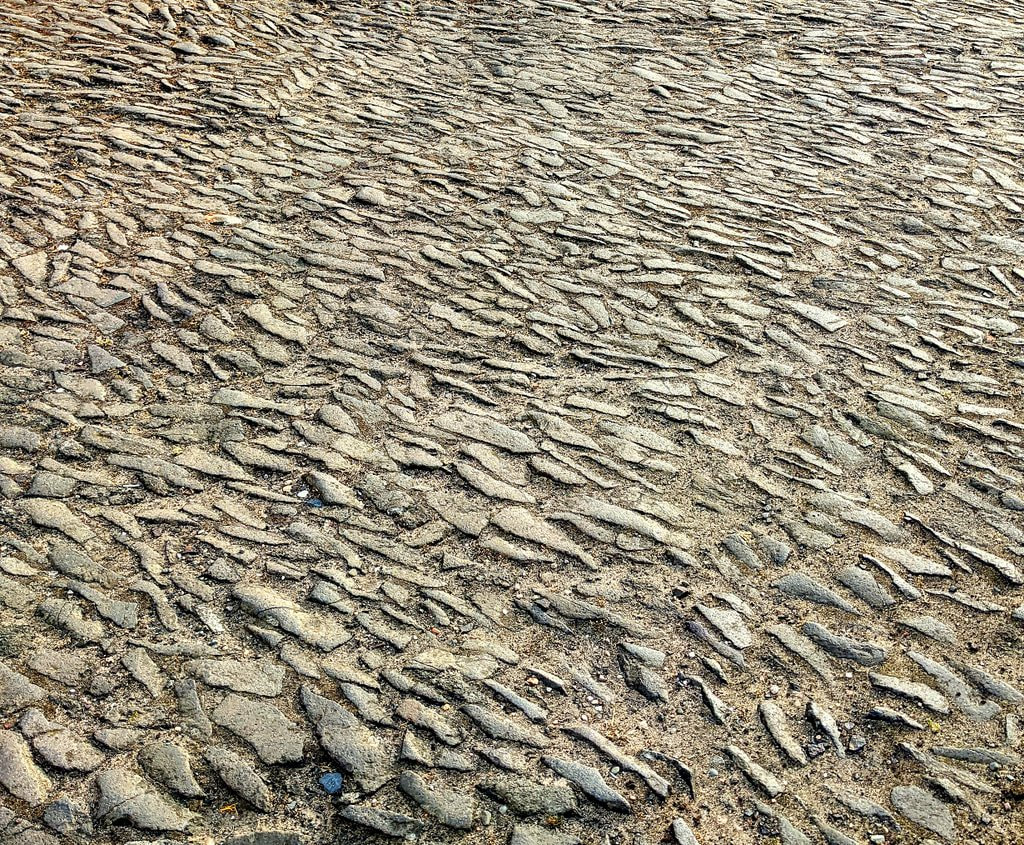
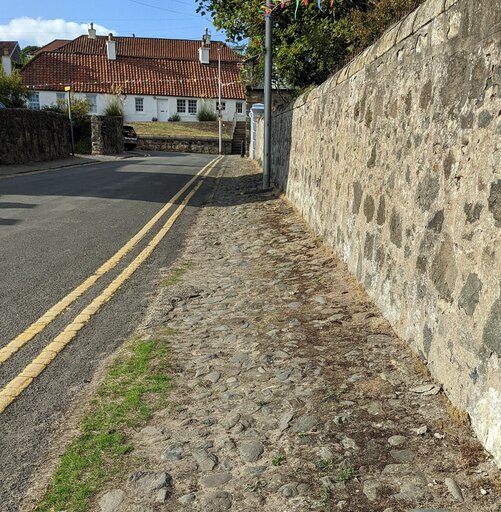
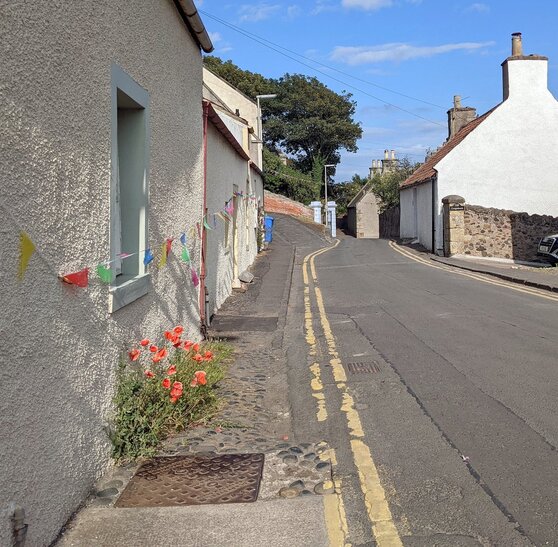
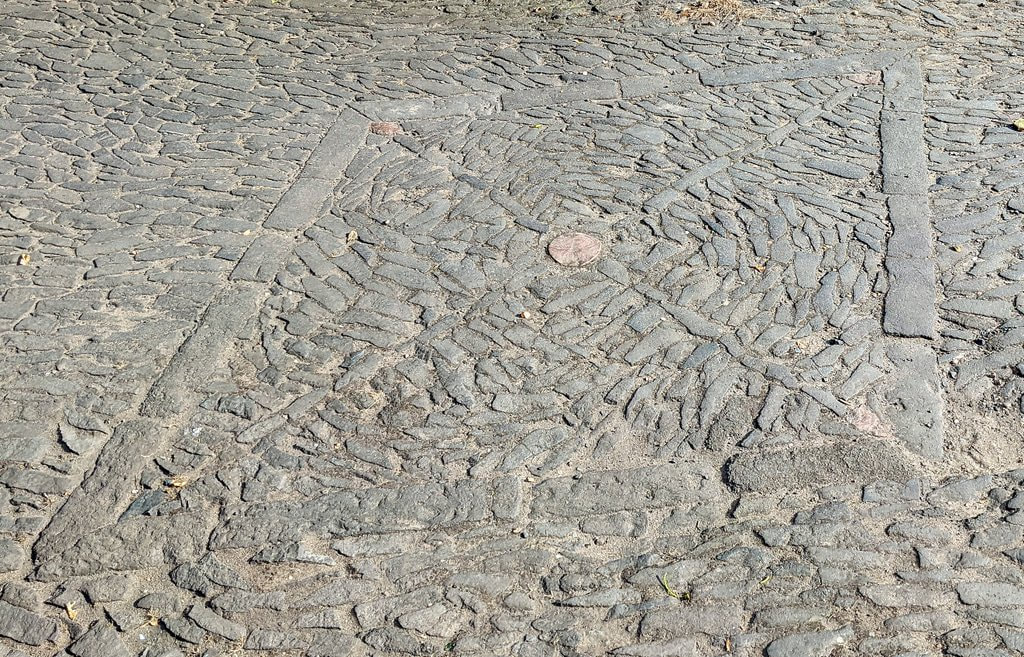
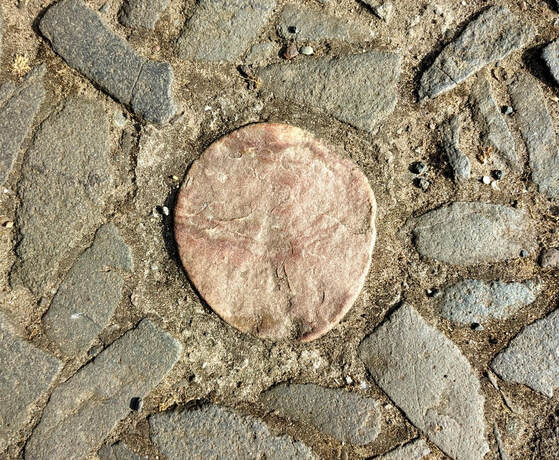
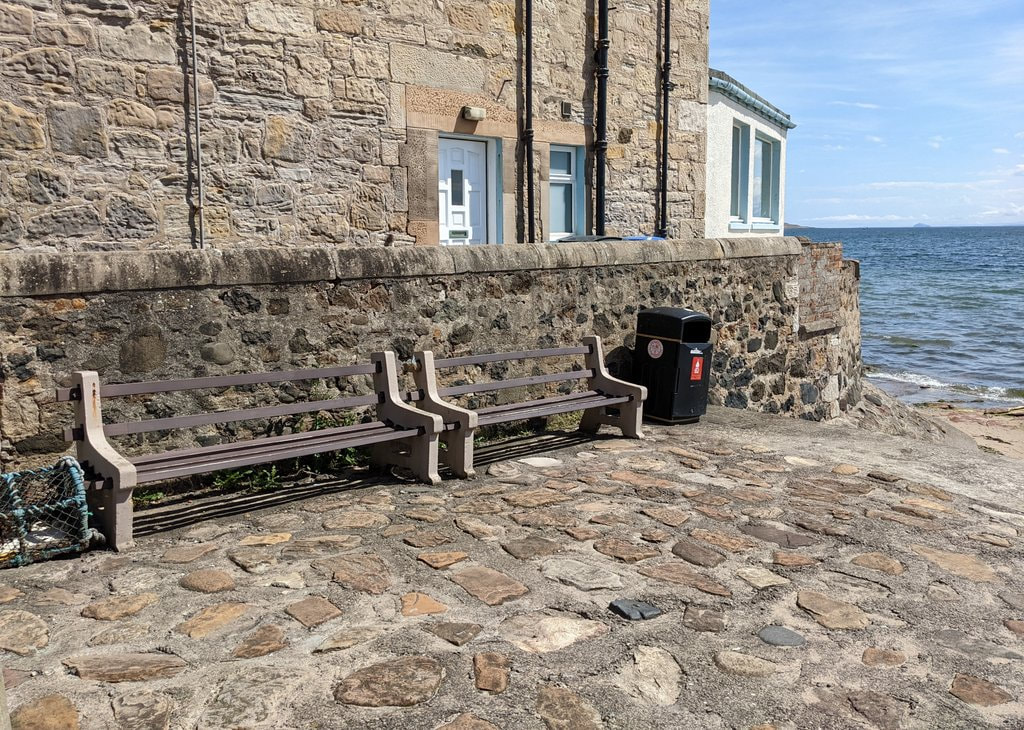
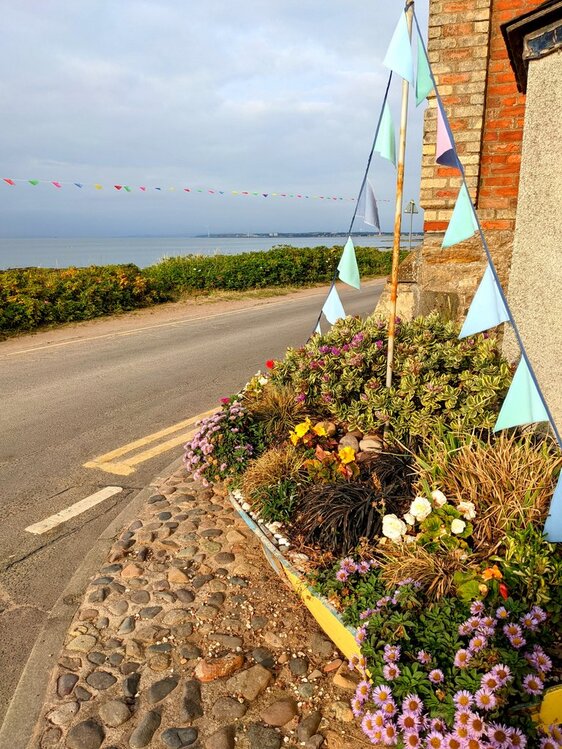
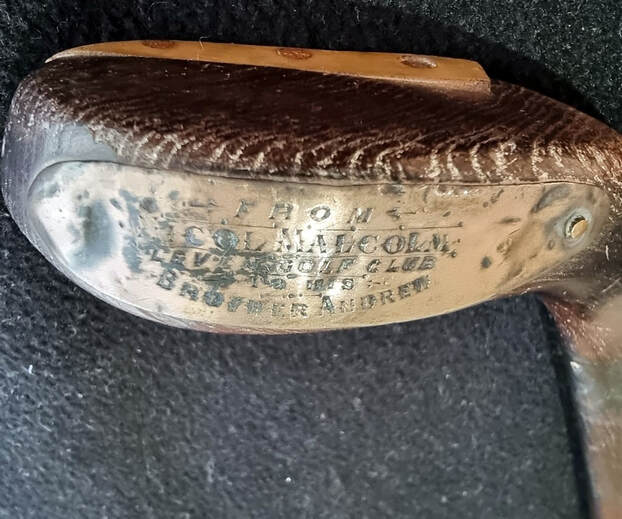
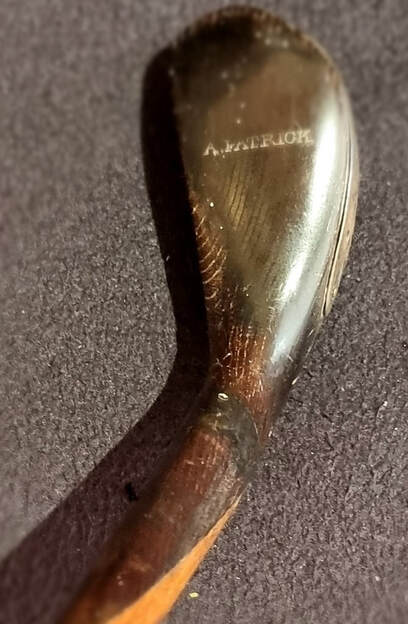
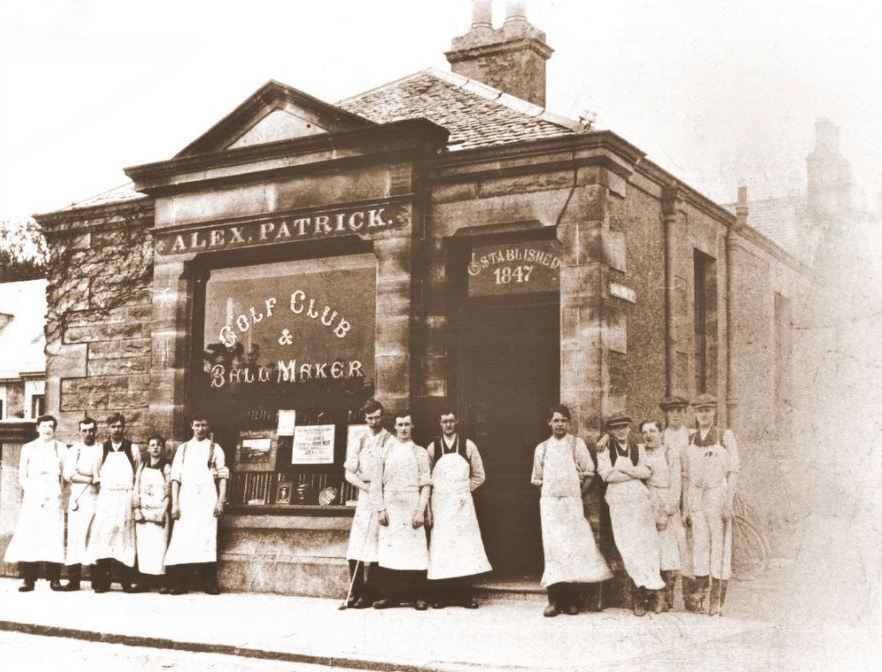
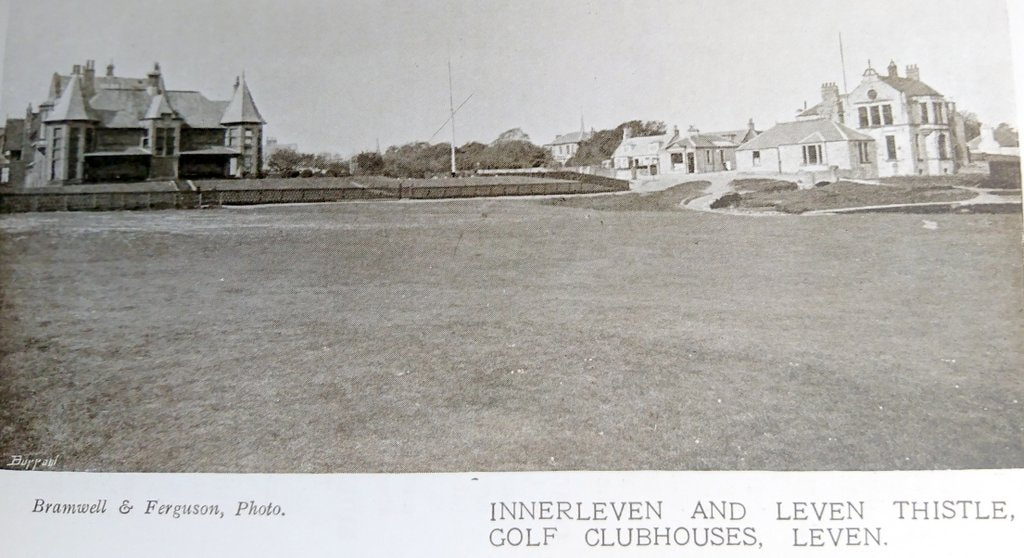
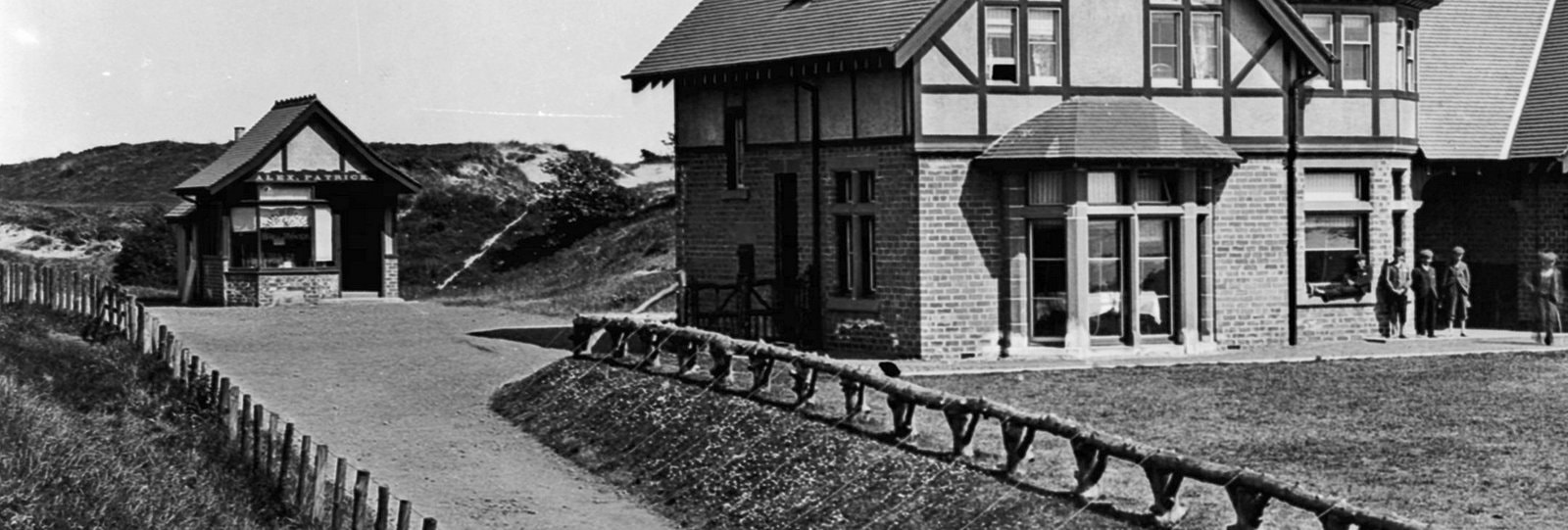
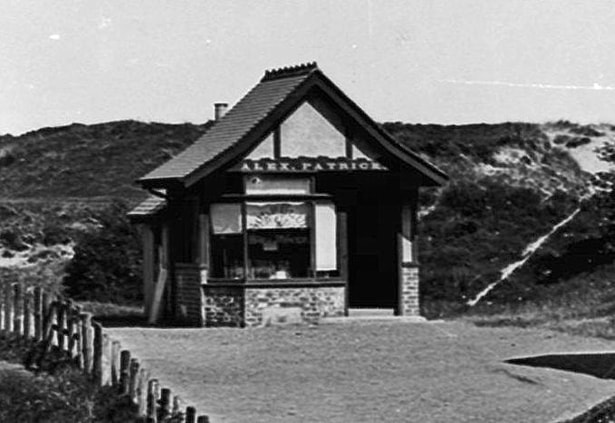
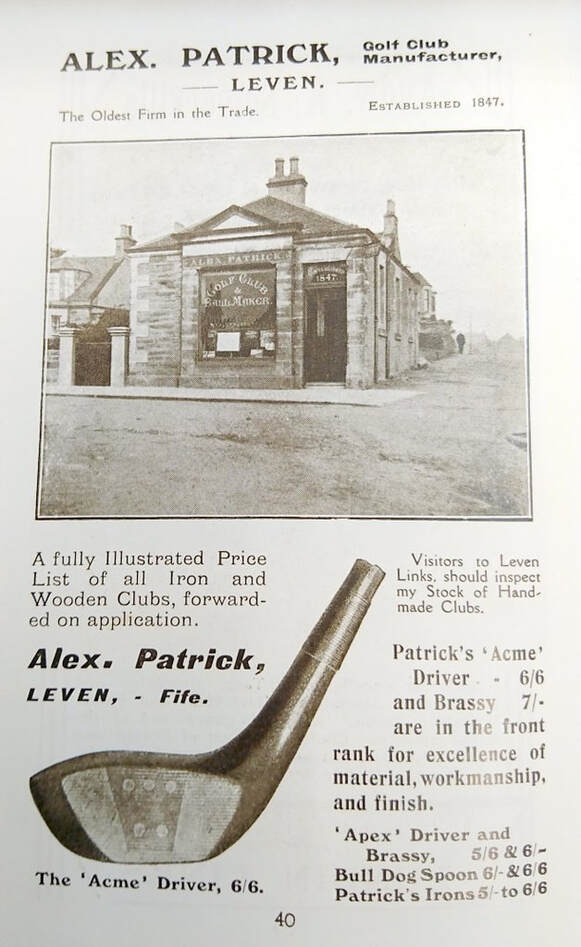


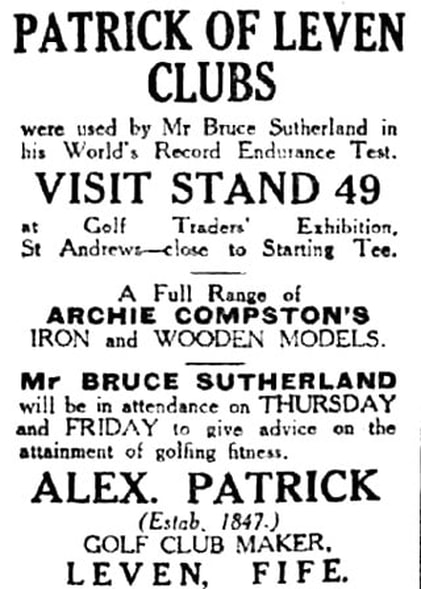

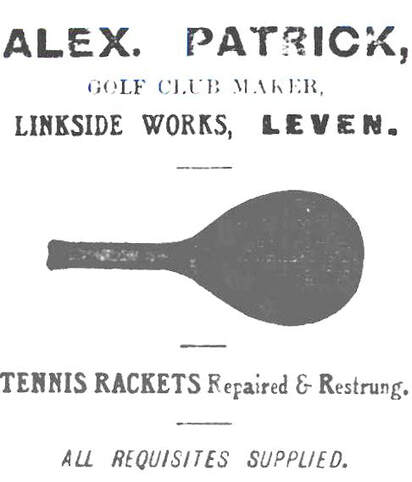



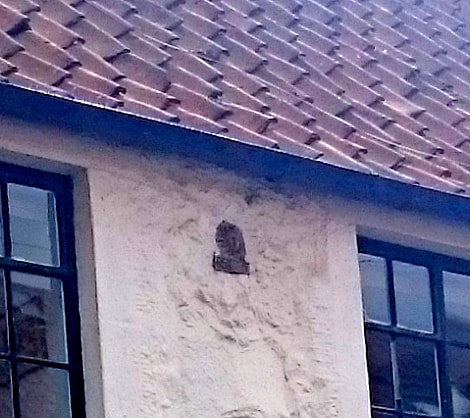



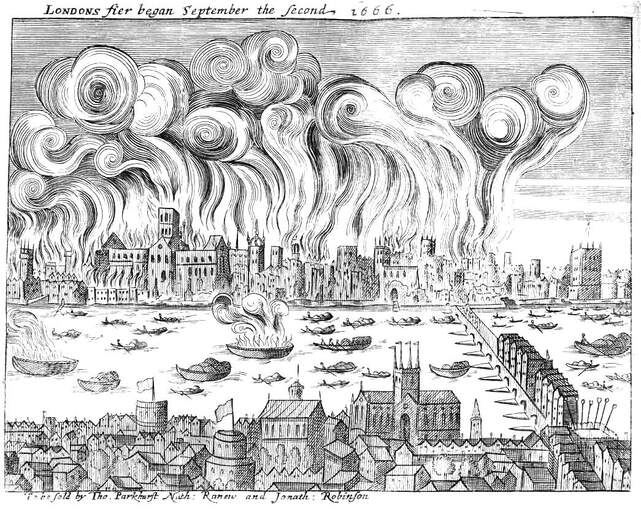
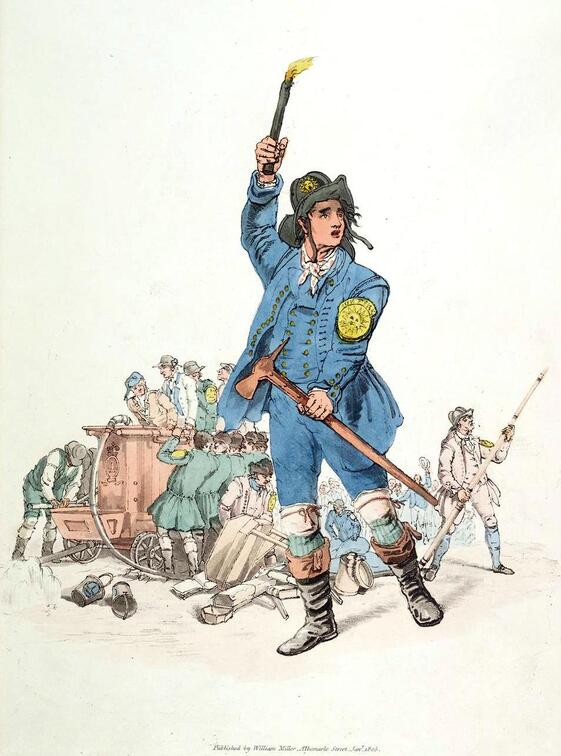
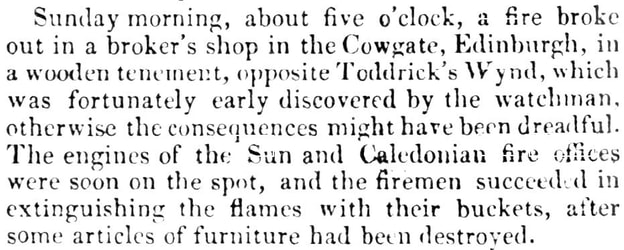
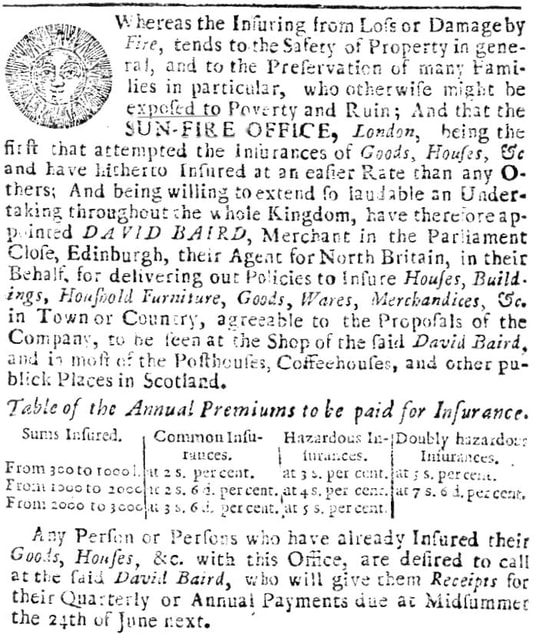

 RSS Feed
RSS Feed
